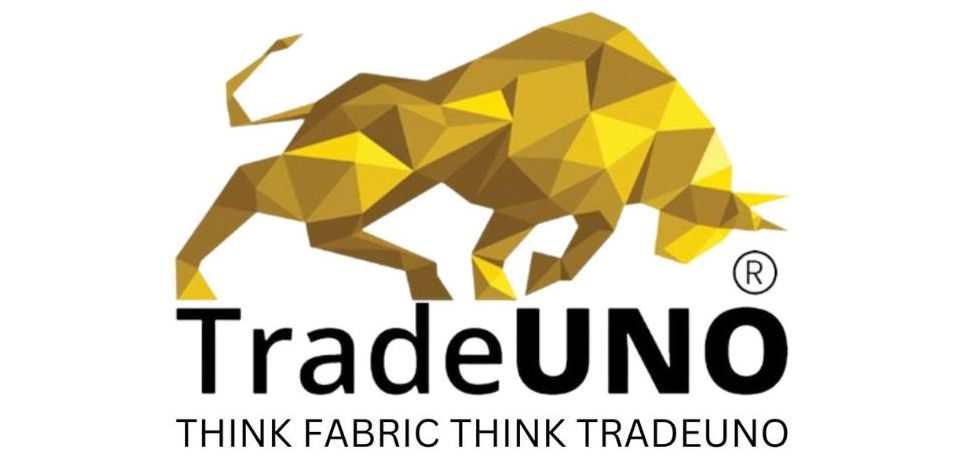Hakoba fabric is a unique and refined fabric type distinguished by its elaborate cutwork and embroidery motifs. The word "Hakoba" is frequently used to describe delicate, fine, and lace-like embroidery that usually has eyelet, geometric print fabric, or floral motifs print and gives materials and clothing a more upscale appearance.
History of Hakoba Fabric
Hakoba fabric's style of embroidery is thought to have been influenced by Broderie Anglaise, a type of whitework embroidery that became popular in England in the 19th century. Broderie Anglaise features intricate cutwork patterns, often with floral motifs, surrounded by embroidery. When European techniques were introduced to India during the colonial period, Indian artisans adapted these styles, incorporating their own traditional aesthetics and craftsmanship. This fusion led to the development of the Hakoba embroidery style we know today.
Features of Hakoba Fabric
Intricate Embroidery
Hakoba fabric is renowned for its beautiful embroidery, often resembling broderie anglaise (English embroidery). The delicate cutwork or eyelet detailing is what sets it apart.
Lightweight and Breathable
Made predominantly from cotton, Hakoba fabric is light, soft, and breathable, making it ideal for hot and humid climates. Other materials like silk fabric or chiffon fabric can also be used, but cotton remains the most common.
Versatility
It's used in a wide range of clothing, including sarees, kurtis, salwar suits, blouses, and summer dresses. It is also used in home décor items like curtains and tablecloths.
Classic and Modern Designs
Hakoba fabric comes in a variety of traditional and contemporary designs, with a focus on intricate detailing that makes it perfect for both casual and formal wear.
Applications of Hakoba Fabric
Clothing and Apparel:
Sarees:
Popular options for airy, summer-appropriate sarees are hakoba sarees. The delicate, sophisticated needlework gives a sophisticated touch appropriate for semi-formal and casual attire.
Kurtis & Tunics:
Hakoba kurtis are ideal for both everyday use and special occasions because they are lightweight, breathable, and frequently made of cotton fabric. They fit into both modern and ethnic styles because to the detailed embroidery.
Skirts:
It is also used in ethnic and fusion skirts, providing a breezy, elegant feel for everyday or festive dressing.
Home Décor
Curtains:
The delicate embroidery and cutwork on Hakoba fabric make it a great option for sheer or semi-sheer curtains, adding a soft, feminine touch to rooms.
Cushion Covers:
Hakoba-embroidered cushion covers enhance the aesthetic appeal of living spaces, giving them a light and elegant feel.
Accessories
Dupattas & Stoles:
Robes and dupattas with hakoba embroidery are a common match for ethnic clothing that is simple or has subtle patterns. They lend an elegant, conventional touch to any ensemble.
Scarves:
Lightweight and breathable, Hakoba scarves are stylish yet comfortable accessories, perfect for warmer climates.
Western Wear
Bohemian Fashion
In boho and fusion designs, hakoba is a popular choice because of its breezy, lace-like feel. Hakoba fabric is frequently used by designers to create skirts, maxi dresses, and tunics that combine Indian and Western styles.
Casual Summer Dresses
Its lightweight nature and breathability make Hakoba a go-to fabric for casual, flowy summer dresses.
Types of Hakoba Fabric
Cotton Hakoba Fabric
The most extensively used and well-liked Hakoba fabric kind, composed entirely of cotton. Soft, breathable, and lightweight. It's comfortable for daily wear thanks to the cotton foundation, especially in warm weather.
Silk Hakoba Fabric
Silk Hakoba Fabric is a more opulent version that blends the elegance of embroidery with the smoothness and luster of silk. Silk fabric gives a glossy sheen that enhances its appearance of opulence and elegance.
Chiffon Hakoba Fabric
This style blends the sheer, light texture of chiffon with the exquisite Hakoba needlework. Chiffon fabric is a beautiful, flowing appearance. It's lightweight and perfect for making clothes that drape beautifully.
Georgette Hakoba Fabric
Georgette Hakoba, which resembles chiffon but is a little less translucent and more textured, is created by fusing georgette fabric with hakoba embroidery. Popular for dresses, lehengas, and sarees; best suited for semi-formal and celebratory occasions.
Washing Instruction of Hakoba Fabric
- Always wash Hakoba fabric in cold or lukewarm water to prevent shrinking and to protect the embroidery.
- Use a mild liquid detergent or detergent specially formulated for delicate fabrics to avoid harsh chemicals.
- Gently swirl the fabric in water rather than scrubbing or wringing it. Focus on gently squeezing the fabric to clean.
FAQs
Is Hakoba fabric suitable for summer?
Yes, Hakoba fabric, especially in its cotton form, is lightweight, breathable, and comfortable, making it an excellent choice for summer wear. Its cutwork and embroidery allow air to circulate, keeping the wearer cool.
Is Hakoba fabric comfortable for children's wear?
Yes, Hakoba fabric, particularly the cotton variety, is a great choice for children's clothing due to its softness, breathability, and lightweight feel. It is commonly used for making dresses, frocks, and shirts for kids.
Where can I buy Hakoba fabric?
Hakoba fabric is available at fabric stores, both online and offline, and at stores specializing in Indian ethnic wear. You can buy this fabric from Tradeuno which is the best online fabric provider that has vast range of premium fabrics that fulfill your stitching needs.
 Call Us
Call Us